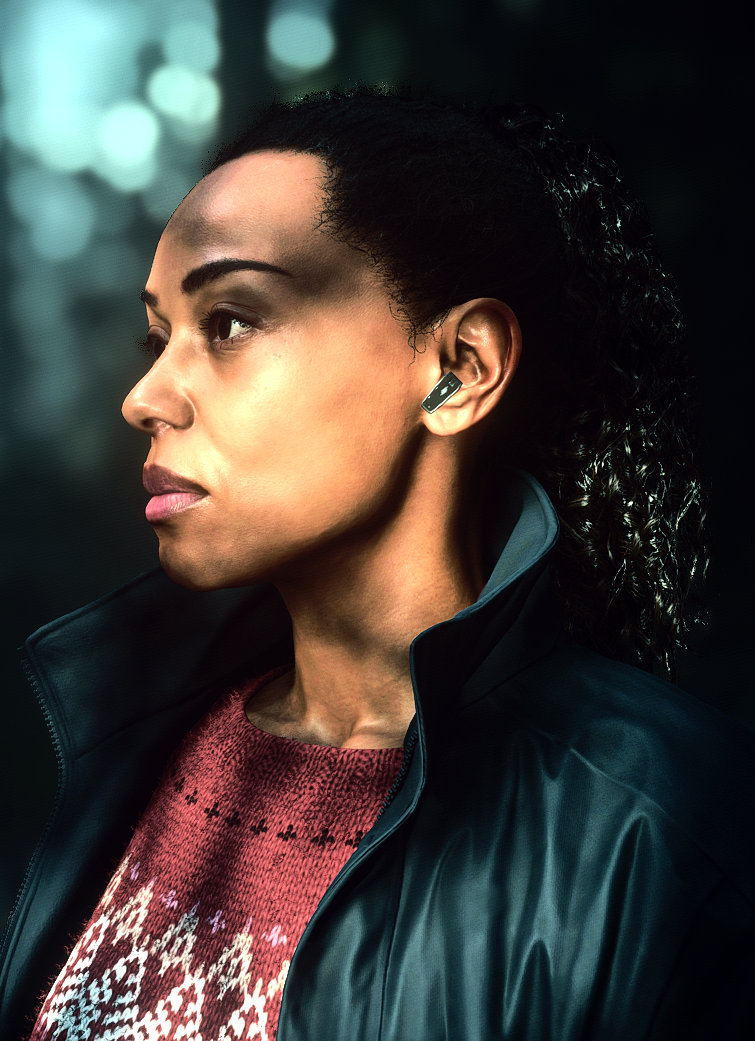7 Tips for Telling a Story with Virtual Photography

How do you tell a story through a photo?
This question is one that most virtual photographers seek to find answers to. A lot goes into taking a beautiful photo from a video game, from capturing the shot to editing and even ensuring that the photo composition is right.
As an artist who tells stories through photos, knowing the different tips and techniques for storytelling when it comes to virtual photography is a game-changer. Being able to answer questions such as “What message is this photo trying to pass across?” is quite important. Your audience should be able to feel the photo you have shared. Happiness, joy, pain, anger, intrigue, sadness; whatever the emotion may be your photo needs to evoke something.
The power and the art of storytelling in virtual photography can never be undermined. With storytelling, you can add depth to your photos, provoking emotions and answering questions your audience may have.
The Importance of Storytelling in Virtual Photography
Storytelling is important in virtual photography for several reasons:
-
Evoke Emotions: Storytelling in photography has the power to evoke emotions in viewers. By creating a narrative or capturing a moment that tells a story, you can connect with your audience on a deeper level, eliciting emotions such as joy, sadness, excitement, or nostalgia.
-
Create Meaningful Connections: Through storytelling, you can establish a meaningful connection with your audience. By conveying a story or message through your images, you can engage viewers and make them feel a part of the narrative, fostering a sense of connection and resonance.
-
Add Depth and Context: Storytelling adds depth and context to virtual photography. By incorporating storytelling elements, such as characters, settings, and conflicts, you can provide a richer experience for viewers, allowing them to understand the context and meaning behind your photos.
-
Enhance Engagement: Storytelling in virtual photography enhances viewer engagement. When viewers are captivated by a story or narrative, they are more likely to spend time exploring the images, interpreting the story, and immersing themselves in the visual experience. This increased engagement can lead to a stronger connection with your work.
-
Convey a Message: Storytelling allows virtual photographers to convey a specific message or theme. By carefully crafting a narrative or using visual cues, photographers can communicate their intended message, whether it's about social issues, personal experiences, or artistic concepts. Through this, you can express your creativity and share your unique perspectives.
In what ways can you tell a story through a photo?
There are many unique ways different VP artists can tell stories with their photos. Some of these methods include:
-
Facial Emotions: You can tell stories through your photos by capturing and conveying facial emotions. The expressions on a subject's face can reveal a range of emotions - joy, sadness, surprise, or contemplation. By focusing on the subject's facial expressions and capturing them in a compelling way, photographers can evoke specific emotions in viewers and effectively communicate the narrative or mood of the story they want to tell. Whether it's a close-up portrait or a candid shot, paying attention to facial emotions can add depth and authenticity to the storytelling process.
-
Body Emotions: In addition to facial expressions, body emotions can also be powerful storytelling tools for virtual photographers. The posture, gestures, and movements of subjects can convey a wealth of information and emotions. Whether it's a relaxed stance, a tense pose, or dynamic movement, these elements can help convey the personality, mood, and actions of the subject within the story. You can experiment with different compositions and angles to capture body emotions effectively, allowing viewers to connect with the story and the characters in a more immersive way.
-
Pay Attention to Details: Details play a crucial role in storytelling through virtual photography. By paying attention to small elements within the frame, you can enhance the narrative and create a more immersive experience. Such details include capturing the texture of an object, the intricate patterns in a landscape, or the subtle facial expressions of subjects, and so on. Focusing on details can add depth and realism to the story being told. Use techniques like macro photography or selective focus to draw attention to specific details that contribute to the overall narrative.
-
Experiment with Editing: Editing is another way virtual photographers can tell stories through their photos. By applying various editing techniques, such as adjusting the colors, tones, or contrast, you can create a specific mood or atmosphere that aligns with the narrative you want to convey. Editing can also include adding overlays, textures, or filters to enhance the visual storytelling elements. Experimenting with different editing styles and techniques allows you to refine your storytelling approach and create a unique visual language that resonates with your audience.
-
Capture Action Shots: Action shots are excellent for telling stories through virtual photography. By freezing a moment of movement or capturing a dynamic scene, you can convey a sense of energy, excitement, or tension within their images. Action shots can be particularly effective in storytelling when they capture significant moments or depict a sequence of events. Experiment with techniques like panning, capturing motion blur or using high-speed photography to add a sense of action and movement that engages viewers in the story.
-
Explore Different Techniques and Angles: Tell your stories as a virtual gaming photographer by exploring different techniques and angles. By experimenting with composition, perspective, and framing, you can create unique visual narratives. Whether it’s using unconventional angles, playing with depth of field, or incorporating leading lines, these techniques can guide the viewer's eye and convey a specific message or mood within the story. By thinking outside the box and exploring different creative approaches, you can bring new and interesting perspectives to your images.
-
Pay Attention to Lighting: Lighting is a crucial element in virtual photography storytelling. The use of light and shadows can set the mood, create drama, and highlight important elements within the frame. Manipulate the atmosphere and evoke specific emotions within the story by using different lighting conditions, such as soft natural light, harsh sunlight, or dramatic artificial lighting.
Make use of props in your games such as sunlight, moonlight, light rays, streetlights, and so on to spin a visual narrative. Paying attention to the direction, intensity, and quality of light can also help you effectively convey the narrative you want to tell and create images that are visually compelling and emotionally engaging.
By incorporating all of these storytelling tips and ideas, your visual narratives will be able to stand the test of time and showcase effectively the message you are trying to pass across. Join other virtual photographers on Picashot to share photos that are visually appealing and interesting.
Photos from @Zephyrone, @Annawhite, @Gamechin, @richesgrimy, @weepysaucer9404, @synaktis, @toko, @AriMo








